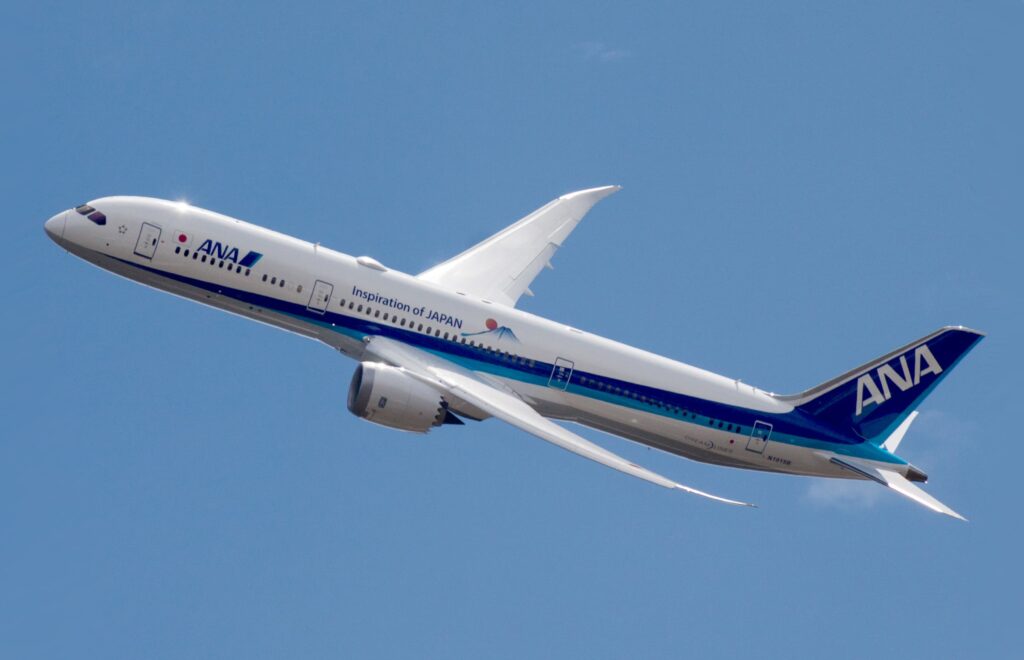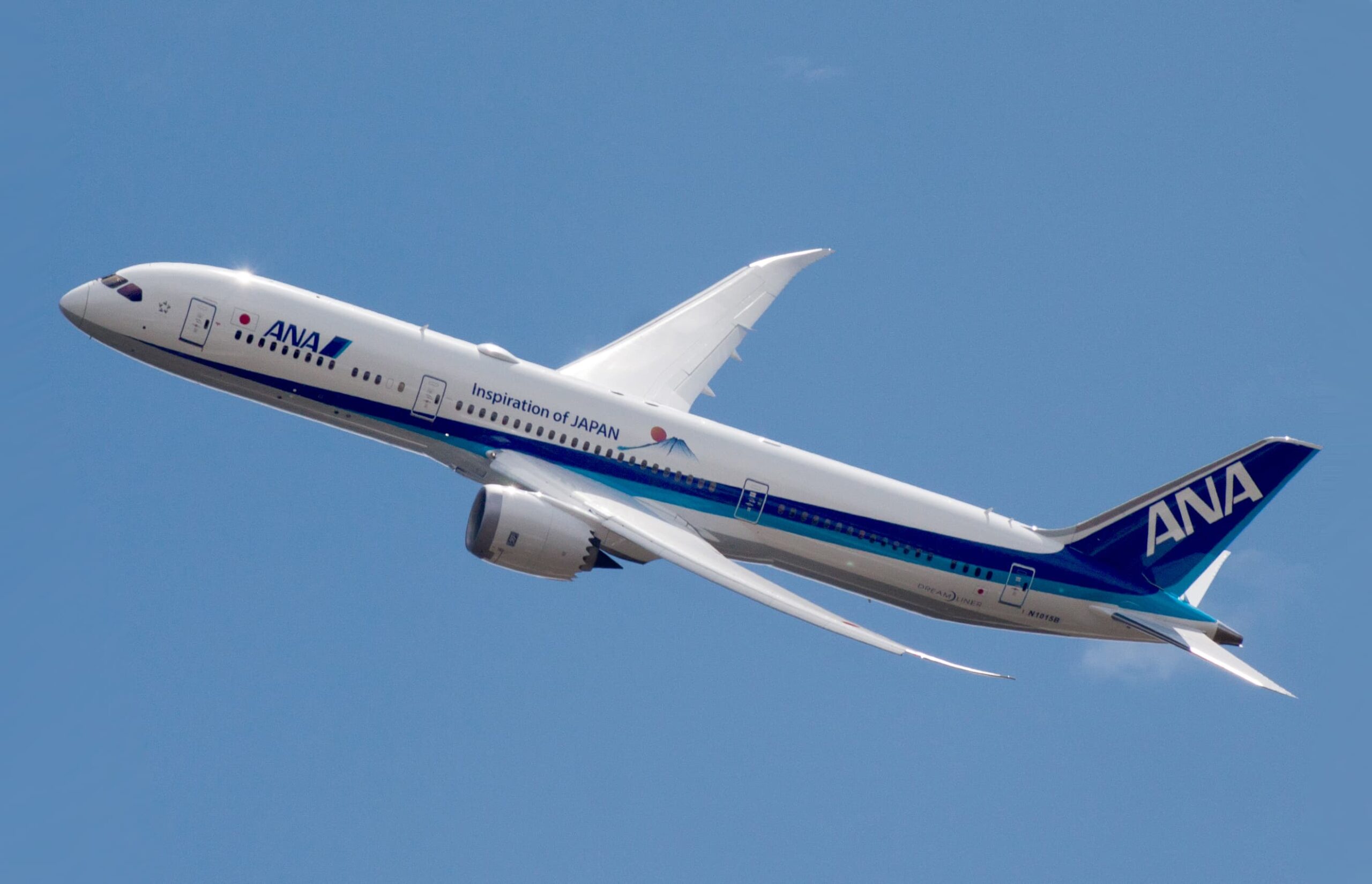A routine transpacific flight turned into a terrifying ordeal as a Boeing 787 Dreamliner operating from Los Angeles International Airport (LAX) declared a mid-air emergency shortly after takeoff. The unexpected situation forced the aircraft to return to the airport, prompting immediate response from emergency services and drawing global attention.

The flight, operated by SkyTrans Global Airways, was scheduled to travel to Tokyo, but experienced technical issues just 15 minutes into the journey. The pilots issued a “Mayday” call citing engine malfunction and a loss of cabin pressure, leading to a rapid return and safe landing at LAX.
What Triggered the Emergency on the Boeing 787 Dreamliner?
According to preliminary reports, the Boeing 787 Dreamliner encountered a sudden cabin pressure drop as it climbed to cruising altitude. Passengers described a loud mechanical sound, followed by the deployment of oxygen masks and an abrupt change in altitude.
Emergency services were put on high alert as the crew made a swift decision to turn back. The aircraft landed safely without any injuries reported, but the incident has sparked major discussions regarding the performance and reliability of the Boeing 787 Dreamliner in commercial operations.
Passenger Accounts: Fear and Uncertainty in the Sky
Passengers on board the Boeing 787 Dreamliner were visibly shaken after the emergency landing. Several shared their experiences on social media, with many describing a sense of fear when the oxygen masks dropped and the pilot announced a technical problem.
One passenger, David Langston, said:
“Everything was normal until we hit some kind of vibration. Then the cabin crew told us to stay calm and use our masks. I honestly thought we were in serious danger.”
Although shaken, passengers expressed gratitude for the professionalism of the flight crew and the swift response by ground authorities.
FAA and Boeing Begin Formal Investigation
Both the Federal Aviation Administration (FAA) and Boeing have launched separate investigations into the emergency. FAA officials stated that while the aircraft landed safely, any emergency call from a Boeing 787 Dreamliner is taken seriously due to the aircraft’s widespread use and complex systems.
In a statement, Boeing said:
“We are closely examining the event involving a 787 Dreamliner and are working with both the airline and federal regulators to identify the root cause. The safety of passengers and crews remains our top priority.”
Boeing 787 Dreamliner: A History of Innovation and Scrutiny
The Boeing 787 Dreamliner is known for its cutting-edge technology and superior fuel efficiency. Introduced in 2011, it has become a favorite for long-haul international routes. Built with lightweight composite materials, it is quieter, more efficient, and more comfortable than older aircraft models.
However, the Boeing 787 Dreamliner has not been without controversy. Over the years, it has faced issues involving lithium-ion battery overheating, engine performance inconsistencies, and software faults. Still, it remains one of the most widely flown and trusted aircraft in the global commercial fleet.
Emergency Handling Praised, But Safety Questions Remain
Experts praised the SkyTrans crew for their calm and effective handling of the incident. Aviation analyst Mark Hill commented:
“The crew followed protocol perfectly. Emergencies like this are rare, and the Dreamliner has many backup systems. That said, multiple incidents in a short time frame can hurt the reputation of any aircraft—even one as advanced as the Boeing 787 Dreamliner.”
The airline has promised a full refund to all passengers, along with hotel accommodations and new flight bookings. A spokesperson confirmed that the affected aircraft has been grounded for technical inspection.
Global Impact and Industry Reaction
This event has triggered caution among airlines operating the Boeing 787 Dreamliner. While no other airlines have grounded their fleets, several have initiated routine inspections to ensure their aircraft meet all safety standards.
Passengers, meanwhile, have begun asking questions about safety procedures and mechanical reliability. As the aviation sector continues recovering from the pandemic, incidents like these pose challenges to public confidence in air travel.
Conclusion
The Boeing 787 Dreamliner emergency landing incident has sent ripples across the aviation world. While no lives were lost and the situation was brought under control, the event serves as a reminder that even the most advanced aircraft are not immune to technical failures.
With investigations underway and the industry watching closely, all eyes are on Boeing and the FAA to deliver transparency, reassurance, and any necessary corrections.

